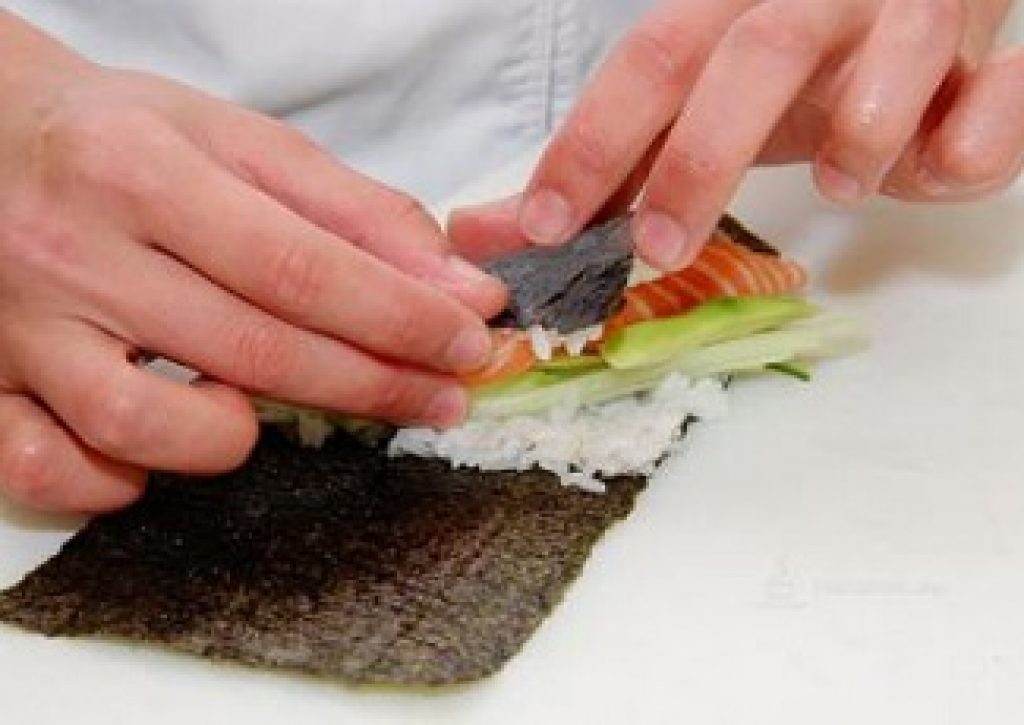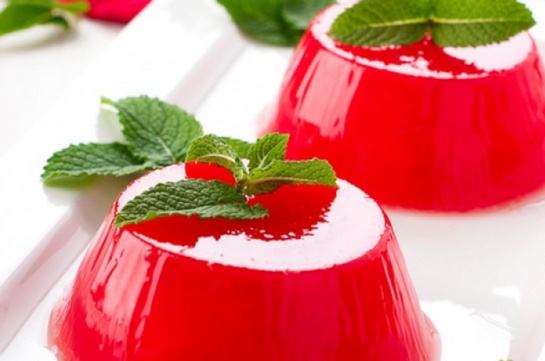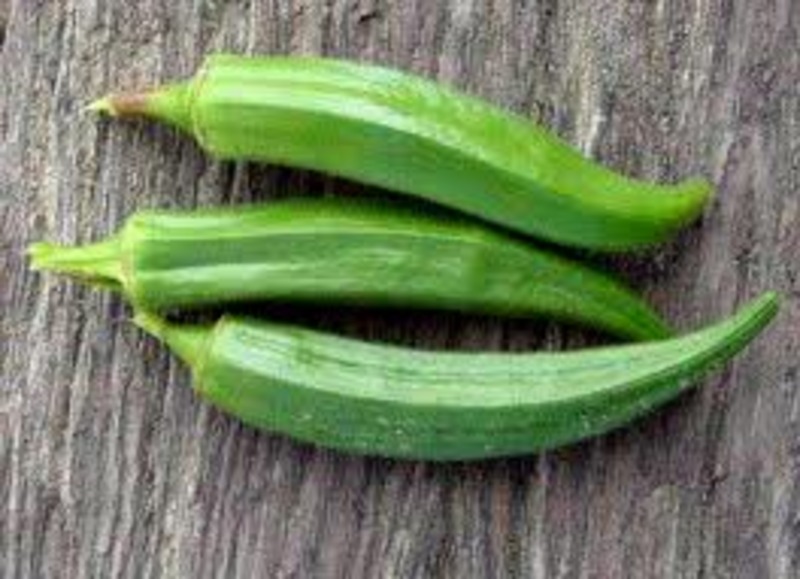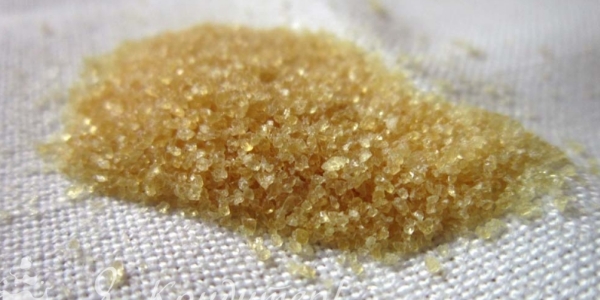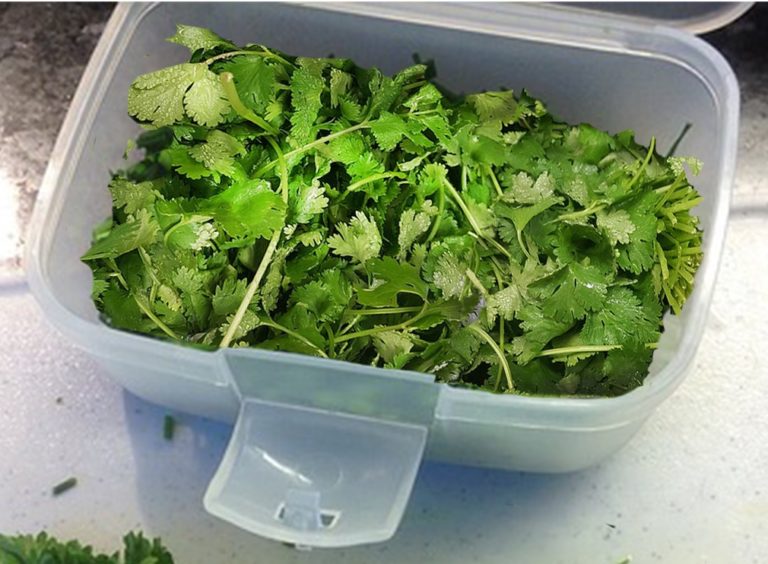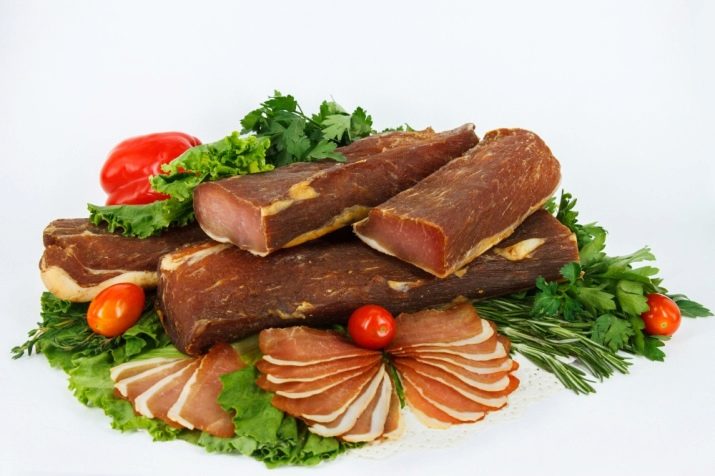How to dye fabric with instant coffee for tilde body. How and how to dye the fabric at home
Methods of dyeing fabric in flesh colors for sewing TILDS

Tissue Dyeing - Manganese
Very persistent staining. Things painted with potassium permanganate were washed many times and the color does not wash off. Ikeevskaya White Lenda was used
Very little manganese was poured into the warm water from the tap; the solution turned out to be dark cherry in color. Mix well to dissolve. Put pieces of cloth. I got it right away, after 1,3,6,10,20 minutes, then after 1,2,3 hours (I didn’t forget to stir).
Another double pieces, stained for 1 and 2 hours, dipped in a solution of turmeric. Then it dried, ironed and decorated everything on a sheet. And here's what happened:

Manganese gives a good color, and with turmeric you can make it a little yellower, it turns out pretty. :) Do not forget to wear gloves when painting and stir the fabric in the solution for uniform staining.
Fabric Dyeing - COFFEE
Used soluble pele in a red jar.
Brewed with boiling water (2 options - 1.5 teaspoons per 200 ml of boiling water and 3 teaspoons per 200 ml of boiling water), mixed well to dissolve. Put pieces of cloth. I got it right away, after 1,3,6,10 and 20 minutes (I didn’t forget to stir). I dried it, ironed it, and then decorated everything on a sheet. And here's what happened:

The colors turned out good, bright, warm. In reality, the gradient from piece to piece is better visible. Although this scan is closest to the original. Where coffee is thicker, the color is a bit more saturated.
In the third version with turmeric coffee. Oh, and a vigorous thing! :) With her, she concluded this - if the fabric turned out with a gray tint (it can also be from coffee or tea) and I want to make it a little warmer, more yellow, then after staining in tea / coffee you need to quickly dip the fabric in a solution of turmeric. Dry, see - if yellow is not enough, then dip again. Because when you are in a solution with turmeric for a long time, the fabric becomes very yellow in color, and if you do it this way quickly, you get a neat tint in yellow. Yes, and don’t forget to wear gloves when painting!
Fabric Dyeing - TEA
I needed to dye the fabric in a flesh-colored shade for my needlework. I tried different methods and as a result, whole "color cards" were compiled - a useful and necessary thing in needlework. :)
Today I’ll show you what happened with tea. Used the "Princess Nuri Alpine" packaged.
At home there was Ikeevskaya white Lenda. It is a dense cotton, well suited for sewing bodies for toys like Tilda.
Tea was brewed and insisted for 5 minutes under the lid (2 options - 2 bags per 200 ml of water and 4 bags per 200 ml of water), squeezed the bags, threw them away, dipped the fabric into the tea leaves. Then immediately or after 1.3.6 minutes, the fabric was taken out, rinsed in cool water and dried, laid out on a towel. And then she ironed and looked what would happen.
She also experimented with pure turmeric and added to tea.
I registered the result in such a plate:

Scan turned out closest to the original. :) Unpainted fabric is highlighted in red.
For uniform staining do not forget to stir and move the fabric. Otherwise, tea will settle to the bottom (and turmeric too) and stains will appear on the fabric. For samples, I did not particularly need this, so my tissues are partially striped. :)





Today we will talk about dyeing fabrics in flesh colors. THAT are the colors that are simply necessary for Tilda dolls. How and with what it is possible and necessary to dye fabrics, we will understand further. All useful information is collected in a tablet. The fabric is everywhere used suitable for sewing Tild Ikeevskaya White Lenda.

So, let's start with staining with manganese. It is difficult to find it now, but it's worth it: things have persistent staining, and the color of the paint does not wash off.
We paint it like this: pour a small amount of manganese, fill it with water, getting a dark cherry liquid. Mix well, completely dissolving manganese. And we look at the results of dipping, as well as after 1, 3, 6, 10, 20 minutes. And then after 1.2.3 hours. It is important to stir occasionally, otherwise the fabric will stain unevenly!
Also, pieces stained for 1-2 hours are dipped in a solution with kukrkuma, which makes the color yellow.

Next, we experiment with instant coffee. Here Pele was used in a red jar - 2 options - 1.5 teaspoons per 200 ml of boiling water and 3 teaspoons per 200 ml of boiling water. Mix, paint in the same way, stirring. Dry, iron and look. The colors are warmer, more saturated in a thick solution.
And coffee with turmeric. A great option if coffee or tea is painted with a gray tint, and you need a warmer color. So, colored coffee or tea, dip in a solution of turmeric. If the shade is not yellow enough, dip again. We paint with gloves.

Well, and where without tea. We drink it and color them. "Princess Nuri Alpine" packaged. We make tea 2 options - 2 tea bags per 200 ml of water and 4 tea bags per 200 ml of water. We insist with a lid for 5 minutes, and then we take out, squeeze and throw out the bag. We paint according to the old scheme, rinse in cold water, dry. And experiments with turmeric staining in pure form and with the addition of tea.

An unpainted fabric is highlighted in red for convenience. And do not forget to stir to avoid divorces!





Today, the Tilda doll is becoming more and more popular, which can be used not only for playing, but also for decorating the interior. And if you make a house in such a way, then it will become an excellent talisman of your house, able to protect it from everything bad. In addition, in the process of creativity, you can relax your soul and tune in to positive.
Do not forget that you can give your own made Tilda to your good friends, and believe me - this will be a great present. And do not think that a tilde can only be in the form of men. Not at all! You can give it the shape of all kinds of animals. The main thing in its creation is fantasy! And the colors can be original, if you decide to dye the fabric at home using natural dyes.
Features of the manufacture of Tilda dolls
As for the history of the appearance of these amazing dolls, then, most likely, our grandmothers created something similar even in childhood. But only in 1999, the Tild production was put on stream and they began to be used for decorating the room. When buying such a doll for decoration purposes, you can purchase a Tilda full of fragrant herbs that can fill your home with pleasant aromas.
When making such a doll, keep in mind that this work requires painstaking work. You must carefully stitch even the smallest details. Do not forget that thin arms and legs also need to be filled with padding polyester, and then carefully sewed. Pay attention to the seam, which traditionally runs in the center of the face. Try to make the halves of the head equal, otherwise the face will look asymmetrical.
If we talk about clothes, then it is usually sewn to the body.
This must be done very carefully so that the seams are not visible to the prying eye. If you want your doll to sit, then it is worth making several stitches under the knee. In this case, the doll’s pose will not look tense.
As for the seams, all parts of Tilda must be sewn together with a blind seam so that it looks whole. And as we already said, so that Tilda not only decorates your interior, but aromatizes it, you can put special sachets with aromatic herbs in the middle. Moreover, finely ground cinnamon or vanillin can be added to the packing.
You can fill Tilda with sea salt. But before you mix it with a filler, it is worth flavoring it. To do this, you can simply add a few drops of essential oil to the salt.

Another flavoring option is to add a small amount of chopped mint, lemon balm and other aromatic herbs to sea salt.
One of the features of the manufacture of these pupae is the light brown color of the parts.
Unfortunately, it is with him that most often difficulties arise, because choosing the right shade is rather difficult. And so today we will talk about how to dye the fabric in the right shade at home.
This can be done by adding the following ingredients to the water:
- Coffee,
- Zelenki.
And now we will consider the coloring technology using the presented ingredients.
How to dye fabric with tea
There is nothing complicated in the way of painting with tea. First of all, in this case, you need to weld a special solution. To do this, you need an enameled saucepan, a few tablespoons of brewed black tea and cold water.
We make the solution as follows:
- Pour cold water into the pan. Pour a few tablespoons of tea there. Attention! The amount of tea will directly depend on what color you want to get in the end.
- We put water with tea on fire and bring to a boil. At the same time, make sure that too much water does not boil away, because in this case you will not have anything to dye the fabric.

After the solution is ready, filter it through a two- or three-layer gauze. Add a little salt to the resulting liquid. This is done so that natural dyes are more strongly absorbed and practically not washed out.
To paint our future Tilda, you need to do this: just dip the fabric in water and boil in the solution for an hour and a half.
Attention! In the process of boiling, do not forget to periodically stir the fabric so that it does not become stained with stains. And one more thing: never dry the fabric in an upright position, since spots will definitely form at the place where the fabric comes into contact with the rope or clothespins.
How to dye a fabric with coffee
Before you start dyeing fabric for Tilda in this way, keep in mind that the doll after this procedure is likely to smell like coffee. You can give your Tilda the color of a light tan by preparing a solution of coffee, which should be applied to the fabric with an ordinary brush.
The solution in this case should be prepared as follows:

- In half a glass of water, dissolve from three to five tablespoons of ground coffee. Attention! Coffee should be natural, not soluble, because otherwise it would be virtually impossible to predict the color of the fabric. By the way, if you wish, you can add half a teaspoon of vanillin to this solution to give the fabric an even more refined and multifaceted aroma. Also pay attention to the fact that the solution must be thoroughly filtered before use, as dark brown spots or stains may appear from coffee lumps on the fabric.
- In order for the fabric to dye evenly, be sure to wash it thoroughly before dyeing with laundry soap.
- Before dyeing the fabric, it is better to fully form all parts of Tilda's body. If the color is too saturated, then you can simply squeeze the part with a damp cloth or gauze. And then all the excess color will remain on it. And one more nuance: when drying, try to make sure that the fabric does not come into contact with other surfaces, since in places of contact the color will be less saturated.
How to dye a fabric with green paint

If you need to paint some details of your Tilda’s outfit in emerald color, then you can use the green brush for this.
Good afternoon, dear needlewomen!
In the previous article, we prepared cherry bones for sewing a heating pad with our own hands, now we will dye the fabric in order to sew the doll, or rather, the fabric that will serve as the “skin” of the doll.
Of course, there is a ready-made flesh-colored fabric, but if you want the toy to have a pleasant aroma and a special visible charm of handmade, as well as save your budget, you can dye the white fabric yourself using coffee. Especially if you have a lot of white fabric in stocks. The fabric is better to use cotton.
Cotton fabrics have good plasticity and are easy to process, the fabric does not crumble, is easily sewn and dyed. Before dyeing the fabric for tilde, it is better to wash it so that the fabric does not sit down later.
Dyeing fabric for a doll or toy
Now you can start staining. To dye the fabric in flesh color, we need ordinary black tea or instant coffee.
Pour hot water into a bowl, make coffee in it. The more instant coffee you put in water, the brown the shade of your fabric. in order to fix the color, add a spoonful of salt. Mix the mixture well so that no stains remain on the fabric.
Do not be afraid to experiment, add cinnamon for a smell.
Some needlewomen cook the fabric in a dye over low heat, however, to get a light flesh tint, it is enough to soak the fabric in the prepared water for 10 minutes.
To make the fabric dye evenly, it is better to paint with small cuts: 50 x 50 cm, and not with a whole canvas. Also, some craftsmen paint ready-made parts of the product, however, it is better not to do this: firstly, cut-out parts may stretch or sit down, and secondly, the product may stain unevenly and be damaged.
We take out the fabric from the water, wring it out, and dry it in a straightened form. Do not hang the fabric on a rope or dryer, there will be stains. Iron the dried fabric and cut the doll’s body out of it.
Of course, the material painted in this way will not have a perfect even color and a tanned shade, but the product sewn from it will have its own visible handmade charm.
At times, in order to get a richer color, the craftswomen tint ready-made toys with a solution of coffee, cinnamon and PVA glue, then bake them in the oven, but this method is more suitable for toys - primitives, rather than Tilda's dolls.
Video: how to stain fabric with coffee.
Text prepared by: Veronica
Before, I once only thought a couple of times about the fact that you can dye the fabric at home.
Somehow it was no reason.
Although, now I don’t really need it (no, I dyed the lace a couple of times with tea leaves но), but one of my readers is fond of the Tilda doll, and for her she dyes fabrics at home, and even with natural dyes.
I was very glad when she kindly provided a workshop on dyeing fabrics.
How you can dye a fabric, how to dye a fabric for tilde and how to dye a white fabric - you will find the detailed answer below for all these questions.
Materials:
Flax cuts - 3 pcs.;
Ground coffee - 1 tbsp. spoon;
Ground cinnamon - 1 tbsp. spoon;
Onion peel - 2 presses.
Any craftswoman knows how important it is to have fabrics of different colors and shades on hand: when the choice is great, you can easily choose the material for any idea. Here, dyes come to the rescue - not only artificial, but also natural. Ordinary cinnamon, ground coffee and onion husks will help us to create fabric of interesting shades.
How and how to dye the fabric at home:
1. First, try to dye a piece of flax with cinnamon. The fabric dyed with this seasoning is especially loved by the craftswomen who sew tilda toys. The fact is that cinnamon gives the fabric a very delicate shade, and in the future this fabric can be used to create doll faces. For coloring we take light flax - on it the effect of coloring will be better visible.
So, put a spoonful of cinnamon in a pan, fill it with two glasses of water and bring to a boil. As soon as the liquid boils, we put in it a piece of tissue and cook for 10 minutes.
2. After 10 minutes, remove the flax from the water with cinnamon, rinse under cold running water and dry. We get a beige fabric with an interesting gingerbread tint.
3. Now try to dye the fabric with coffee. Pour a tablespoon of ground coffee with two glasses of water and bring to a boil. Then we put in it a prepared section of flax and cook for 10 minutes, as is the case with cinnamon.
4. After 10 minutes, we take out a cloth from coffee water, rinse thoroughly in cold water and dry it. The color of the coffee gave a similar color, but after cooking in cinnamon, the fabric looks more pinkish, and after brewing in coffee - more brown.
5. Onion husk do a little different. Fill it with two glasses of water, bring to a boil and boil the liquid for 15 minutes, until we get colored water. Only now can we put a piece of fabric in the water. Cook it with onion husks for 10 minutes.
6. We take a piece of flax from the water, rinse and dry. We have got a flax of saturated sand color.
As a result, we see three cuts of fabric in new shades that we can use to sew delicate dolls or toys. A whole palette of fabrics can be obtained using natural dyes!
P.S. And I also want to add from myself that these skills in dyeing fabrics can be applied not only for tilde dolls, but also for other purposes. For example, I dyed white lace to a cream color using tea leaves. To do this, I brewed several tea bags of black tea (to make strong), and then soaked the lace in this liquid. Color can be varied by holding time 🙂
Thus, knowing a certain skill (not only dyeing fabric at home), you can apply it for different purposes!





